Masculinity versus Femininity
Yesterday we saw some illustrations of Australian Mateship which conveyed a strong sense of not only equality, friendship, solidarity but physical strength especially in terms of fighting an enemy: of man made origins or the environment. But how were the women perceived during these times especially from the outbreak of World War when Masculinity was the dominant force being portrayed?
The women were most likely to be displayed working in essential services to help win the war and keep the home folk feed and clothed and working the machines as shown in this poster titled Knitting for Soldiers.
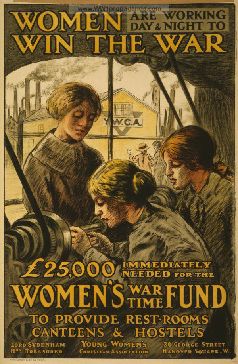
(Credit: Digital Kingston)
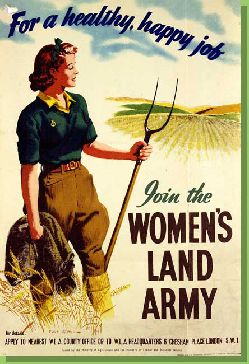
(Credit: iwm.org.uk)
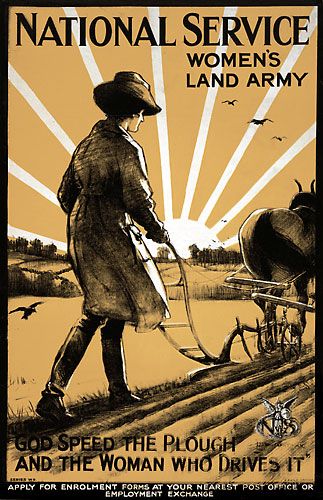
(Credit: en.wikipedia.org)
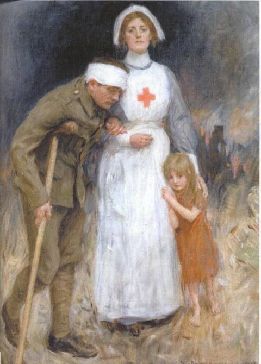
(Pinterest)
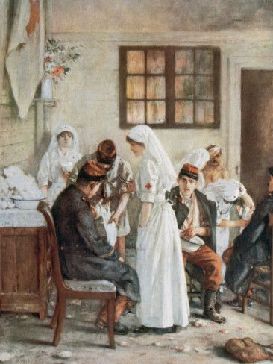
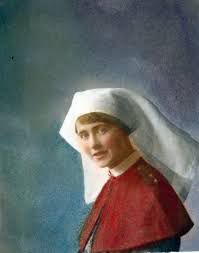
(Credit: East Melbourne Historical Society)
Tragically Maud Josephine Frey was killed in action when working as a member of the Sea Transport Staff during WW1. The Sea Transport Staff were the personnel assigned to run the ships carrying reinforcements to the Middle East and Europe, and to transport the seriously wounded or ill soldiers back to Australia. Maud's name has been recorded on the Virtual War Memorial Australia an online site dedicated to writing the history of these courageous people.

(Credit: World Digital Library)
So how did the men of the time perceive women? We know the men in the armed forces adored the nurses for their care and compassion and appreciated their courage in the face of danger. But was the ordinary man in the street changing his perception of women as they joined occupations previously reserved for men? We know that after World War 1 and 11 many men were concerned that women were taking the jobs previously reserved for them. What did the members of the Bread and Cheese Club think?
What were The Cronies talking about in this painting by *Frank Watson Wood?
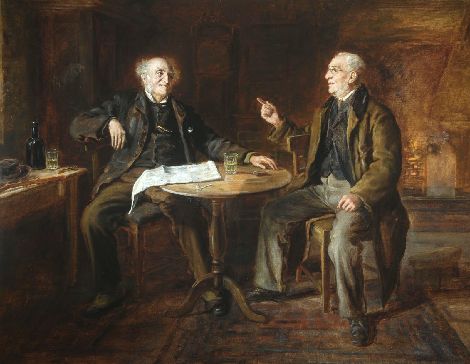
(Credit: 19thcenturybritpaint.blogspot.com)
Back to Bread and Cheese
The person principally involved in founding and running the organisation was book collector J.K. Moir, the club’s Knight Grand Cheese (!) from its foundation until 1952. The society published about 40 books one of which, thanks to A, is alongside me as I type this blog. A has told me of visiting Mr Moir and remembering that his home was cluttered from top to bottom with books.
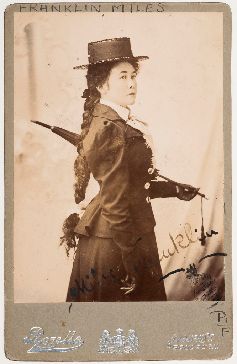
(Credit: Flickr)
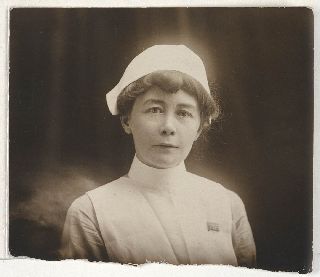
(Credit: State Library of NSW)
And how did J.K. Moir perceive Miles Franklin as recorded in the forward to the book published on her death in 1954? I quote:
I have known of her, and knew members of her family, for over forty years, but it was not until she came to stay with me, on a visit to Melbourne in 1952, that I knew the "real" Miles. She was the feminine version of what old-fashioned Australians called "a white man". She did good by stealth, and possessed that rare attribute of mateship so seldom understood by the feminine gender. It is not surprising that this side of her nature led her to admire and become a disciple of Furphy and Lawson, and that she, like them, was "offensively Australian". (Miles Franklin A Tribute Published by the Bread & Cheese Club, Melbourne, 1955).
The Furphy and Lawson referred to be Moir are pioneering Australian writers Joseph Furphy (Such is Life) and Henry Lawson (numerous titles) who popularised the quintessential life of early Australian settlement through a bush ethos and a man's view of mateship. I am sure we are all somewhat offended by the use of the term a white man and Miles (she chose to use this as her first name not Stella), at the coal face of changing society's perception of woman, I imagine would have carefully, but forcefully edited it from Moir's tribute.
If you are interested in how women have been portrayed in war please follow this link to an excellent site.
If you have a particular in interest in nursing and images of how nurses have been portrayed throughout time visit this pinterest site.
